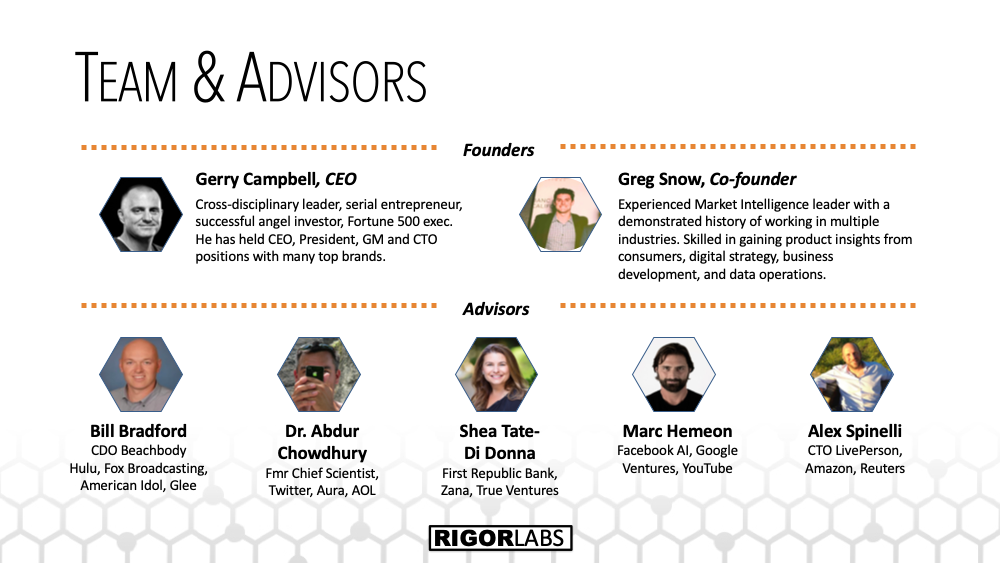![]() ntroducing advanced technologies to consumers is a tricky business. If you go to fast, offering a product that is too hard to grasp or requires too much behavior change, it’s highly likely the products will miss the market and fail. A classic example is the Apple Newton, but there are tons of others… 3D TV, Google Glass and Nintendo Virtual Boy to name a few.
ntroducing advanced technologies to consumers is a tricky business. If you go to fast, offering a product that is too hard to grasp or requires too much behavior change, it’s highly likely the products will miss the market and fail. A classic example is the Apple Newton, but there are tons of others… 3D TV, Google Glass and Nintendo Virtual Boy to name a few.
But there’s also a cost for moving too slow, and being a laggard in introducing new technology to your users. For the first year (at least, maybe longer) the Microsoft Surface was “an iPad-like device” and only measured against its competitive rival. Undifferentiated follower is a very challenging market position.
So who has done it right? When have products found the not-too-early-but-not-too-late balance, yet still packed in a lot of advanced tech? What principles can we draw from that?
This was the discussion in Culver City last Tuesday, and the answer to this question is what was so great.
The event was a dinner salon, hosted by CTO Mixers and RigorLabs. It consisted of ~15 people from LA’s tech and product creation community, all joined together to entertain, challenge and educate each other on their views regarding the adoption of advanced tech such as artificial intelligence, machine learning, augmented reality, virtual reality and blockchain.
The question posed to the group was simple: How do we make great products on these advanced technologies and not make the big mistake of missing the market?
We talked about this for more than two hours… arguing points, sharing experience and then coalescing to a few critical statements we can all take back to our companies to help us all build better products for our users.
Understanding Number One: Use Metaphors. Companies that get the timing right take complex technologies and simplify their introduction to users, often fitting new things into an existing metaphor. NEST is a thermostat. An AI-based computer stuck to your wall with predictive capabilities and a computer built-in… but to customers the metaphor is simple.
Understanding Number Two (related to #1): Watch User Elasticity. Users only have so much elasticity for adopting new tech, so you have to understand where the balance of old metaphor and new concept lies. The key to this is to test and measure what your market can absorb – how quickly they can move forward into the future with you.
Understanding Number Three: We CAN Use The Past As An Indicator. There is nothing inherently different about the current emerging technologies that require any modifications to #1 and #2 above. Gutenberg’s press blew people’s minds. They couldn’t imagine the new future when knowledge could be mass produced. They stood at the precipice, looking at the impact of advancements and wondering how it was all going to turn out. But ultimately there was consumer adoption and the world changed. No different that the tech advancements we are pressing forward.
Understanding Number Four: There IS a Change Afoot For Product Creators. There is a difference today, as compared to the past. Tools to create experiences are advancing faster than consumer integration of the tech. Running an AI is exponentially more difficult than operating a printing press. So the burden is on product creators to keep upping our game.
BONUS – Understanding Number Five: This Isn’t An All-or-nothing Round. The stakes are high, companies need to get this right to compete and stay relevant. There is a competitive imperative to integrate AI/ML, VR/AR and Blockchain… but it is going to evolve. There is time to get this right in the next several product cycles and years.
This was the collective wisdom of a highly engaged conversation between some of the brightest tech and product people in Los Angeles. It may be right, it may be wrong.
What do you think? Does this help you build better products or understand how to introduce these technologies more effectively?
Do you want to participate in the Salon Series in the future? Reach out and let me know…



